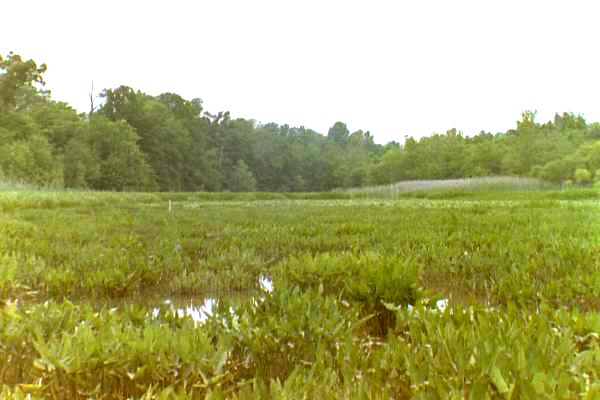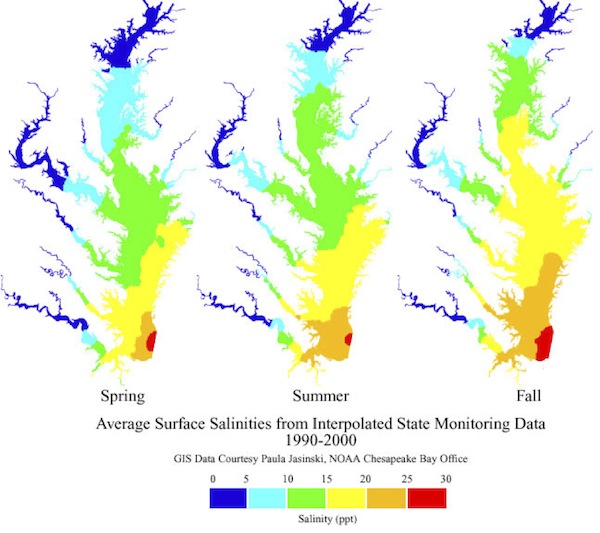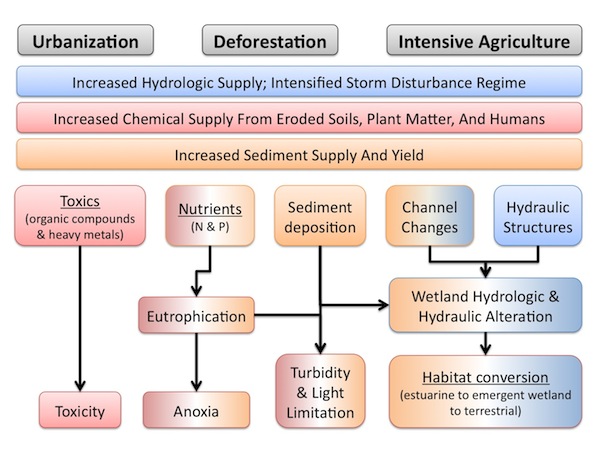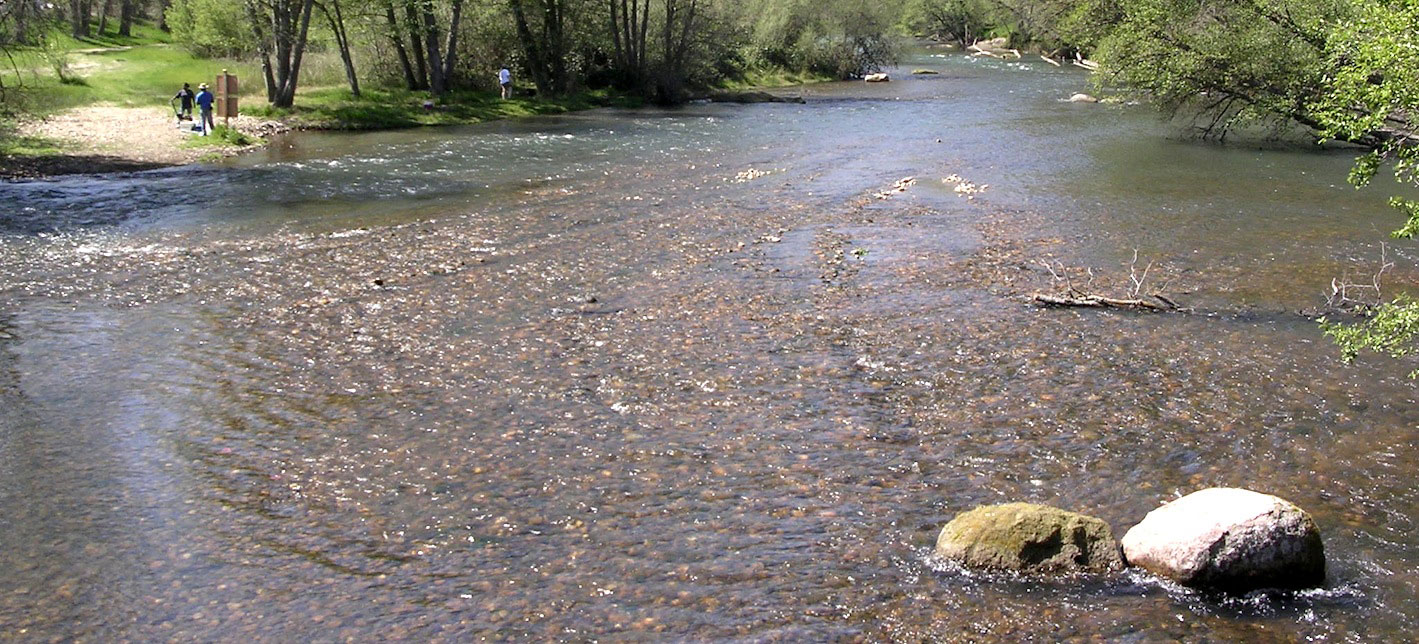TFD Introduction
Definitions

A tidal freshwater delta is a sedimentary deposit formed at the boundary between an upland stream and an estuary. The origin of a tidal freshwater delta involves processes that are typical of all deltas as well as processes that are unique to the tidal freshwater setting. The combination of processes that create a tidal freshwater delta result in a distinct morphology and unique environmental characteristics.
Even though these landscape features are true deltas, ecologists often call them by the more general term, tidal freshwater wetland, which may be defined as a low-lying area that is adjacent to the upper reach of an estuary and is periodically inundated by low salinity water (<0.5 ppt) from tidal exchange and river flow so that its soils are hydric. While all tidal freshwater deltas have tidal freshwater wetlands, they also may contain other important wetland types such as nontidal forested wetlands. Also, tidal freshwater wetlands may occur in a non-deltaic setting, such as on the fringe of a tidal freshwater river. The maps below illustrate the extents of the perennial and transient tidal freshwater domains of Chesapeake Bay.

Past Research
The decade of the 1980s saw some attempts to study coastal marsh geomorphology, hydraulics, and hydrology, but the success of these projects was limited by the lack of validated field methods. Thorough analyses of temporal and spatial scales for field measurements have subsequently proven that many studies did not use detailed enough sampling intervals to assess error (e.g. Roman, 1984; Reed, 1987). Consequently, many results, while conceptually valid, are not quantitatively valid. Furthermore, most research that has been done on wetlands has actually been done on salt marshes. On any specific topic you can typically find 10 salt marsh papers for each tidal freshwater marsh paper that you come across.
Studies of deltaic tidal freshwater wetlands have primarily focused on ecological questions. The few studies of hydrology and sediment transport that have been done have yielded variable results, probably due to unassessed watershed-wetland interactions. There are also relatively few studies about the role of tidal freshwater wetlands in buffering estuaries from sediment, nutirents, and toxic metals from upstream. The schematic below illustrates the common problems facing tidal freshwater wetlands:



